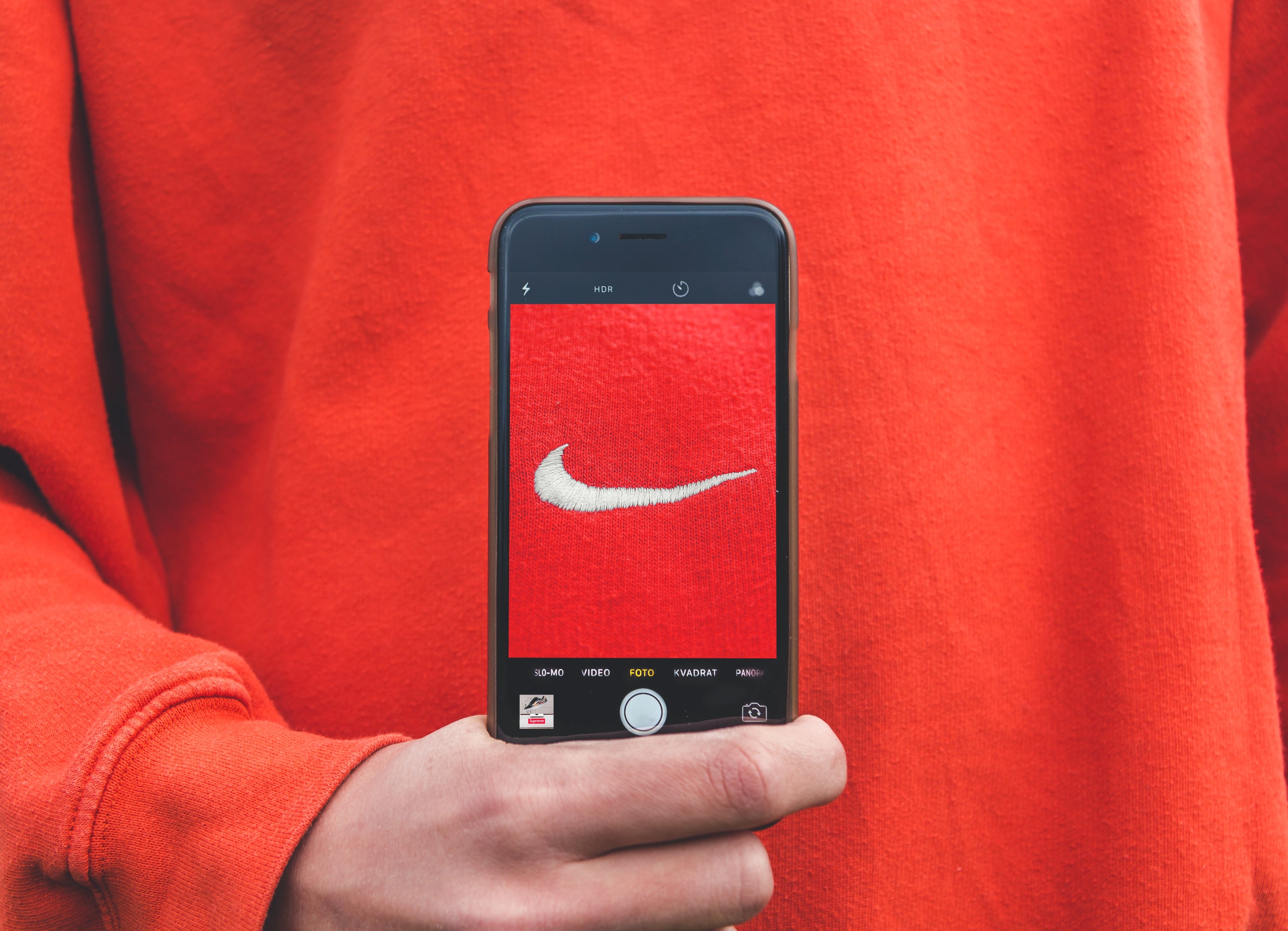Brand Management

Brand Identity
When it comes to retail, not all brands are created equal. Some brands are rockstars, loved by everyone and recognized instantly. Others are like that awkward cousin at family reunions that nobody remembers. According to Aaker, brand identity is all about building a unique set of associations for your brand that show what it's all about and make promises to customers. It's like giving your brand a personality that people can't resist.
The whole brand identity thing is like a secret code for brand managers. It's all about what they want to say to potential customers. But you know what? Brand identities can totally change over time! They can pick up new vibes from consumers, even if the marketing folks didn't plan it that way.
Brand identity revolves around capturing the genuine qualities that embody the value and brand promise. It's about understanding how organizational and production characteristics shape these qualities. Ultimately, brand identity is a reflection of the brand manager's decision-making process.

Brand Image
So here's the deal with brand identity: it's all about what makes a brand tick, what sets it apart from the rest. And then there's brand image, which is what customers think of the brand. It's like the vibes it gives off, the impressions it leaves on their minds. It's all about associations and perceptions, like feeling rich or powerful or just plain fancy.
You can boost your brand's image through various channels like packaging, customer service, promotions, advertising, and good old word-of-mouth. It's like giving your brand a power-up! Think of it as leveling up in the game of branding!
The name brings out both visual and verbal dimensions in the consumer's mind and serves as a quirky factor that propels the value upwards. Take, for instance, a product with a name from renowned establishments like Tata or Shaktiman, which injects a touch of radical value. Alexander proposed that brand associations can be categorized as either hard or soft, and brand images encompass three key elements: the provider's image, the product's image, and the user's image.

Brand Position
A brand is the part of the brand identity and value preposition that is to be actively communicated to the target audience that sets it apart from the competition. A brand manager needs to establish communication objectives and plan the creative execution strategy.
The beginning of an execution strategy is the brand positioning statement. The statement basically describes the “place” that a brand should occupy in the minds of target customers. In simple sense, it means how a brand is seen in the market place focuses on what is unique to the brand.
Creating a unique position in the market place involves the careful selection of target market and establishing clear differential advantages in the minds of customers. This is achieved through brand image, brand name, service, design, guarantee, warrantee, packaging, delivery, etc.
Factors for defining a brand position (brand attributes):
1. Consumer Expectations2. Price
3. Competitive factors
4. Consumer Perceptions

Brand Equity
Brand equity is one of the popular and widely used concepts in marketing that hardly emerged three decades before but is gaining popularity and vital place in marketing strategy. The reason behind the growing popularity of brand equity concept is because of the fact that several marketing researchers have concluded that brands are one of the most valuable assets that a company has.
Brands have equity because of their high awareness, many loyal customers, a high reputation for perceived quality, proprietary assets such as access to distribution channels or to patents or the kind of brand associations (such as personality associations).
A strong brand not only sells itself but increases the consumer’s attitude strength toward the product associated with the brand. Attitude strength comes from experience with a product. Reports have shown that actual experience by the customer implies that trial samples are most effective than advertising during introduction stage of building a strong brand. Higher the consumer associations and awareness, higher will be brand loyalty.
Strong brand equity has following underlying benefits:
1. Allows for charging premium pricing.
2. Facilitates a more predictable income stream.
3. Brand equity like an asset can be sold or leased.
4. Make the brand easy to remember and develop repeat usage.



